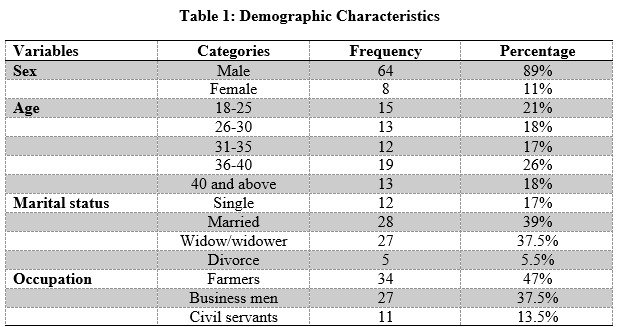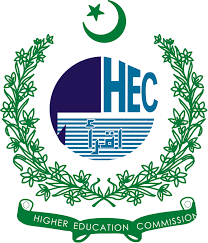AN ASSESSMENT OF THE EFFECTS OF FLOODING IN TALOKA WARD, GORONYO LOCAL GOVERNMENT, SOKOTO STATE, NIGERIA.
DOI:
https://doi.org/10.71146/kjmr636Keywords:
Effect of Flooding , Environmental Sanitation , Urban flooding , Flooding disaster , Risk managementAbstract
This research study was carried out through descriptive survey design based on assessment of the effect of flooding disaster in Taloka ward Goronyo local government sokoto state, Nigeria. The objectives of the research are Assessment of the major causes of urban flood in Taloka A identification of the effects of urban flooding in Taloka. An investigation of possible risk management strategies for the study area. result from analysis of the major causes of flooding in Taloka presented in table 2 shows that 19 respondent with 26% said is deforestation, followed by 16 respondent with the 22% whose said is caused by heavy rainfall, while 17 people with 24% said river over flow, 3 people with 4% said is coastal storm surge, 10 people with 14% said is poor drainage system, 4 people with 6% said is dam failure and 3 people said it caused by urbanization. result from the analysis of the effect of flooding in Taloka ward of Goronyo local government sokoto state presented in table 3 shows that the 21 respondents with 29% said is agricultural losses, followed by 13 peoples whose said is destruction of habitat, 8 respondents with the percentage of 11 said is soil erosion, 6 peoples with 10% said is water quality degradation 11 peoples with 15% said is property and infrastructure damage5 peoples with 7% said is business disruption and other 5 people said is water borne diseases, while 2 people said is educational disruption. Result from analysis of possible risk management strategies for the reducing respondents of flooding in Taloka ward Goronyo local government presented in table 4 shows that 14 with 19% said is educating the public, followed by 12 respondents with 17% whose said establishing community-based flood plan, while 6 peoples with 8% said building levees and dam and 9 peoples with 13% said constructing retention basin, 11 peoples with 15% said reforestation watershed, 10 people with 14% said limiting construction in flood-prone area, and other 10 peoples said improving drainage system. In conclusion the study has revealed that heavy rainfall of long durations and river overflow are the most important causes of flooding in Taloka. It was also discovered that depth of flooding, duration of flood, perceived frequency of flood occurrence, perceived extent of damage arising from flooding, percentage deviation of seasonal rainfall from the mean, area or location/relief, proximity to hazard source, land use or dominant economic activity as well as adequacy of flood alleviation measures are the main factors influencing the incidence of flooding phenomenon in Taloka.
Downloads

Downloads
Published
License
Copyright (c) 2025 Mubarak Musa Bodinga , Ghazali Sabo, Abdullahi Abubakar Sadiq (Author)

This work is licensed under a Creative Commons Attribution 4.0 International License.






